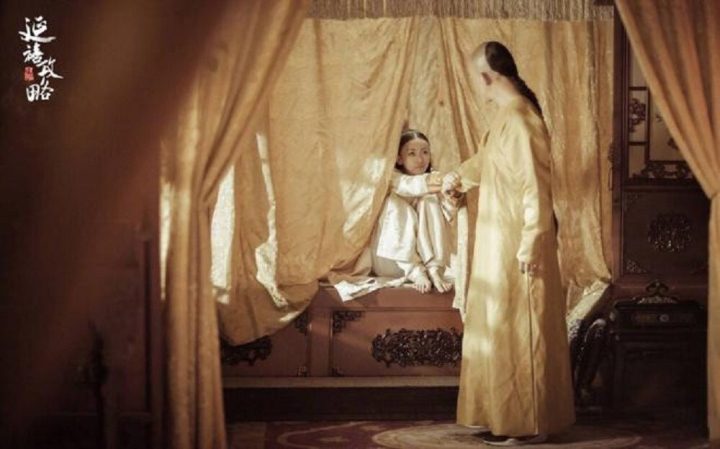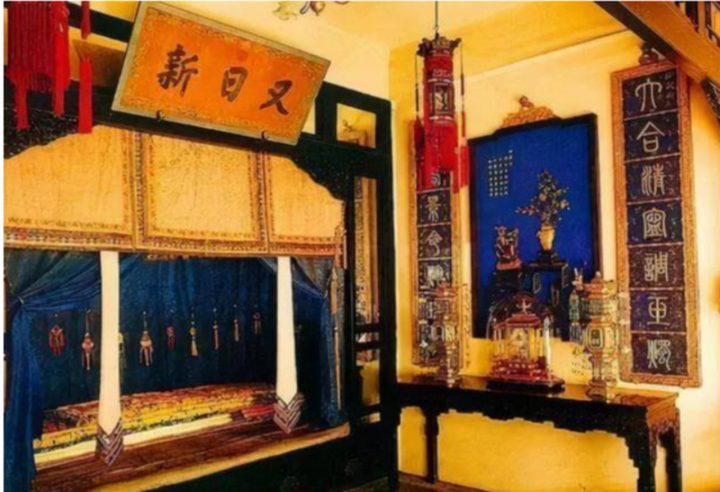The Allure of Historical Drama: A Look Inside Chinese Palace Films
Palace dramas are a captivating genre of television series originating from China. Many of these series have gained a dedicated following in Vietnam, with popular titles such as Empresses in the Palace, The Legend of Zhen Huan, and Story of Yanxi Palace.
Plot Themes of Palace Dramas
The content of these dramas typically revolves around the fierce competition among concubines to win the affection of the emperor. This is why these series often feature intense and dramatic moments.
Why Do Chinese Emperors Live in the Forbidden City?
Viewers frequently question why the emperors of China reside in the Forbidden City, which spans an impressive 72 hectares and contains 800 individual palaces, yet the beds depicted are only about 2 meters long and 1 meter wide. Compared to modern standards, this size seems quite modest and lacks a sense of spaciousness, contrary to what one would expect from a royal residence.

The Desire for Immortality
In ancient China, there was a significant emphasis on the pursuit of immortality, with many emperors seeking out elixirs for eternal life. This desire for longevity often drove emperors to explore various methods, sometimes even engaging in dubious practices in their quest for vitality.
In addition to seeking out “immortal” substances, there were numerous philosophical beliefs and rituals aimed at achieving a long life. In Chinese, the word “bed” sounds similar to the word for “immortal,” and the term “deep” resonates with the notion of living a fulfilled life. Thus, it was not uncommon for emperors to favor beds that were compact in size, reflecting their aspirations for longevity.
Fitting Design for Palace Spaces
During the feudal era, constructing palace rooms was considered a significant task, directly impacting the royal family’s wellbeing. As a result, there were numerous restrictions on building and interior design.
For the Chinese, a large bedroom was essential for maintaining harmony and peace for the occupants. The more compact the bedroom, the more auspicious it was believed to be for the residents.

Palace Space Considerations
In the royal palace, the rooms, especially the emperor’s bedroom, are typically designed to be both low and cozy. The area of bedrooms rarely exceeds 10 square meters, accommodating the need for compact living spaces.
Moreover, the rooms in the palace are often built with wood, which has its limitations in terms of size. Therefore, the smaller the room, the sturdier it is expected to be. The beds are designed to align with these spatial constraints, allowing for efficient organization of the room.
Dependent on the Number of Concubines
The emperors of China often had thousands of concubines residing in the palace. Almost all concubines would have their own rooms. Therefore, the number of rooms needed is substantial and cannot be underestimated. Additionally, the emperor could only visit a concubine’s quarters at certain times, which affected the design and allocation of space.

According to regulations, if a concubine was to be summoned, they would be taken to the emperor’s main quarters. However, if the emperor visited a concubine’s room, he would only stay for a short period, typically around two hours, before returning to his own quarters. To manage costs, palace regulations stipulated that concubine rooms should be smaller in size.
This is why Chinese emperors, despite living in luxury, often have beds that are just about 1 meter wide.















